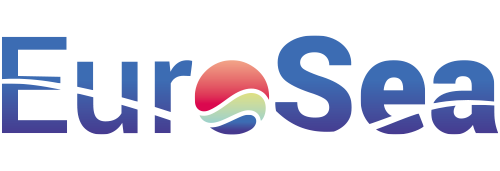
The consortium discussed the progress made in the first 14 months of the project and managed to strengthen connections and synergies among the 55 Eurosea partners. Space was provided for lively exchange and development of new ideas through a series of workshops and virtual networking spaces.
The meeting began with an introduction by the project coordinator and representatives from the European Commission and the European Office of the G7/GOOS Coordination Center before diving into progress reports on the work packages.
On Tuesday, Wednesday and Thursday mornings, the Eurosea consortium delved deeper into the Australian Integrated Marine Observation System (IMOS), the Global Ocean Observing System (GOOS) and the European Ocean Observing System (EOOS). Further progress reports on the work package were complemented by presentations on “Women in Oceanography” organized by the Eurosea Gender and Diversity Board, lessons learned in stakeholder engagement in ocean observation and forecasting, Eurosea best practice,, and the introduction of the Eurosea Impact Monitoring Protocol.
The afternoon sessions instead focused on the interaction of topics such as “Marine Heat Waves,” “EU Public Consultation on Ocean Observation,” “Conflicts and Potential in Gender and Science, Diversity and Careers, and Culture and Science,” and “Impact Tracking in Eurosea.”
Wednesday afternoon also saw the opening of the internship for EU projects related to Eurosea with the aim of getting to know each other, exploring synergies and initiating potential joint activities.
The 2021 Eurosea Annual Meeting then concluded on Friday, January 22, with the General Assembly and a round table discussion hosting representatives from all work packages. The focus was brought to work package interfaces and internal project interactions.
